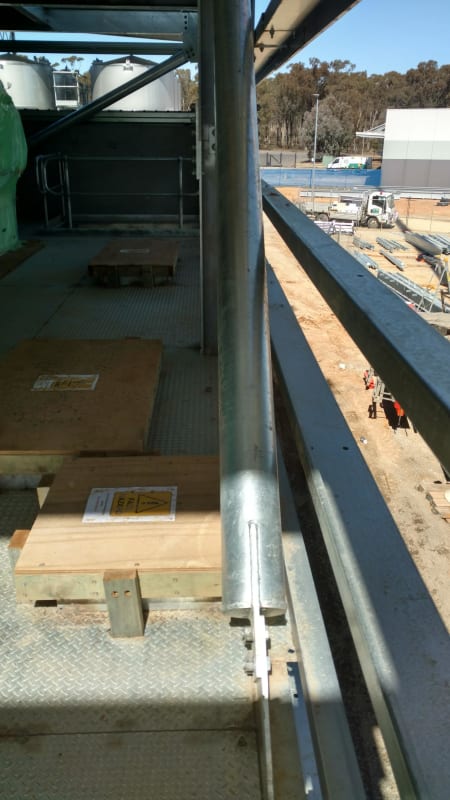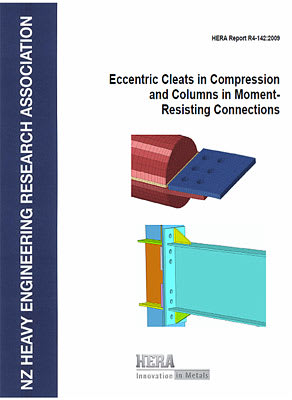dcStrucEng
Structural
- Feb 26, 2009
- 45
I am detailing steel truss connections and I am having a brain fart about something; hopefully you all can set me straight. I have the truss designed and now I am drafting it, specifically the connections. I started with a truss line diagram (based on my analysis model) then overlaid the members by placing the member centroids on those lines.
The diagonal web members are double angles, L4x4x1/2 to be exact. Their centroids are based on the x-bar and y-bar values in the AISC Steel Construction Manual, which is 1.18 inches from the corner. However, the bolt hole locations are based on the workable gage of the angle, which is 2.5 inches from the corner. Don’t I need to account for this 1.32-inch eccentricity when designing the gusset connection?
Double and single angles are very common web members in trusses. But since the member centroid will rarely coincide with the bolt holes, there will always be an eccentric load when angles are used, won’t there? I’ve always thought that the goal of truss connections is to limit eccentric loading at the connections. But I don’t see how to avoid it with double or single angle members.
If I’m thinking about this all wrong, please let me know.
The diagonal web members are double angles, L4x4x1/2 to be exact. Their centroids are based on the x-bar and y-bar values in the AISC Steel Construction Manual, which is 1.18 inches from the corner. However, the bolt hole locations are based on the workable gage of the angle, which is 2.5 inches from the corner. Don’t I need to account for this 1.32-inch eccentricity when designing the gusset connection?
Double and single angles are very common web members in trusses. But since the member centroid will rarely coincide with the bolt holes, there will always be an eccentric load when angles are used, won’t there? I’ve always thought that the goal of truss connections is to limit eccentric loading at the connections. But I don’t see how to avoid it with double or single angle members.
If I’m thinking about this all wrong, please let me know.




